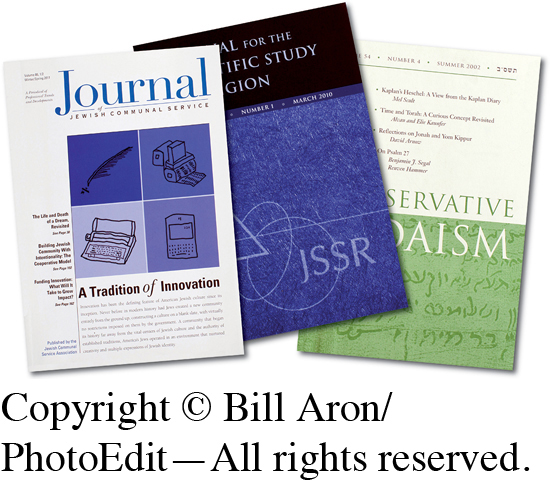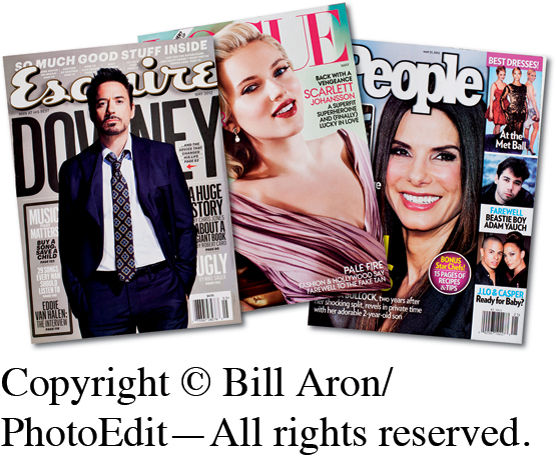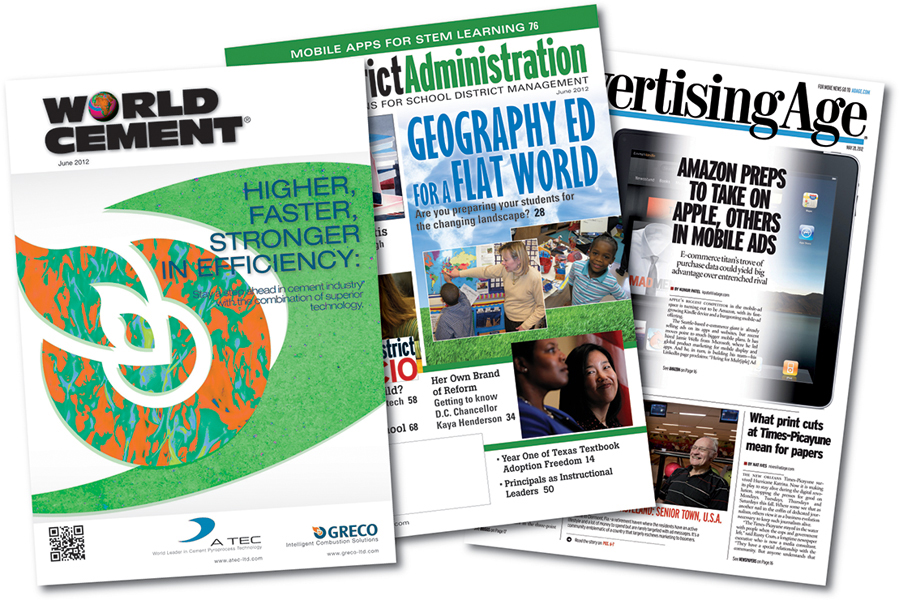Choosing Reliable Sources
Choosing relevant sources is crucial to assembling a useful working bibliography. Determining which of those relevant sources is also likely to be reliable is even more important. To determine reliability, ask yourself the questions below.
Who wrote it?
Consider, first, whether the author is an expert in the field. The fact that someone has a PhD in astrophysics is no indication that he or she will be an expert in military history, for example, so be careful that the area of expertise is directly relevant to the topic.
To determine the author’s area of expertise, look for the author’s professional affiliation (where he or she works or teaches). This may be indicated at the bottom of the first page of an article (often labeled “Author Affiliations”) or in an “About the Author” section in a book or on a Web site. Frequently, Googling the author will also reveal the author’s affiliation, but double-
Contributors to blogs, wikis, and online discussion forums may or may not be experts in the field. Determine whether the site screens contributors, and double-
Also consider the author’s perspective. Most writing is not neutral or objective and does not claim to be. Knowledge of the author’s perspective enables you to assess bias and determine whether the author’s perspective affects the presentation of his or her argument. To determine the author’s perspective, look for the main point and ask yourself questions like these:
For more details on these argumentative strategies, see Chapter 19.
What evidence does the author provide to support this point? Is it from authoritative sources? Is it persuasive?
Does the author make concessions to or refute opposing arguments?
Does the author avoid fallacies, confrontational phrasing, and loaded words?
How recently was it published?
628
For more help locating publication information, see the documentation maps in Chapter 24.
In general, especially when you are writing about science or technology, current events, or emerging trends, you should consult the most up-
You may also need older, “classic” sources that establish the principles, theories, and data on which later work is based; classics may also provide a useful perspective for evaluating other works. To determine which sources are classics, note the ones that are cited most often in encyclopedia articles, lists of works cited or references, and recent works on the subject. You may also want to consult your instructor or a librarian to help you determine which works are classics in your field.
Is the source scholarly, popular, or for a trade group?
Scholarly sources (whether books or articles) are written by and for experts in a field of study, frequently professors or academic researchers. They can be challenging to read and understand because they use the language of the field, which may be unfamiliar to those outside the discipline, but they are considered reliable because the contents are written by specialists and peer-
In contrast, popular sources are written to entertain and educate the general public. For the most part, they are written by journalists who have conducted research and interviewed experts. They may include original research, especially on current events or emerging trends. Mainly, though, they report on and summarize original research and are written for interested, nonspecialist readers.
Of course, popular sources range widely along the reliability spectrum. Highly respected newspapers and magazines, such as the New York Times, the Guardian, the Economist, and Harper’s Magazine, publish original research on news and culture. These newspapers and magazines check facts carefully and are often considered appropriate sources for research projects in entry-
Trade publications— periodicals that report on news and technical advances in a specific industry — are written for those employed in the industry and include such titles as Advertising Age, World Cement, and American Machinist. Some trade publications may be appropriate for college research projects, especially in the sciences, but keep in mind that these publications are intended for a specialist audience and may focus on marketing products to professionals in the field. Table 22.1 summarizes some of the important differences between scholarly journals, popular magazines, and trade publications.
Who published it?
629
Determining who published or sponsored a source you are considering can help you gauge its reliability and ascertain the publication’s slant (or point of view). Look to see whether the source was published by a commercial publisher (such as St. Martin’s or Random House); a university press (such as the University of Nebraska Press); a corporation, an organization, or an interest group (such as the RAND Corporation, the World Wildlife Fund, or the National Restaurant Association); a government agency (such as the Internal Revenue Service or the U.S. Census Bureau); or the author on his or her own. Determining the publisher or sponsor is particularly important for material published on the Web.
630

Copyright © Bill Aron/PhotoEdit—
|

Copyright © Bill Aron/PhotoEdit—
|

|
|
Scholarly Journals |
Popular Magazines |
Trade Publications |
| Journals are usually published 4 to 6 times per year. | Magazines are usually published weekly or monthly. | Trade publications may be published daily, weekly, monthly, or quarterly, depending on the industry covered. |
| Articles are usually written by scholars (with PhD or academic affiliations after their names). | Authors of articles are journalists but may quote experts. | Articles may be written by professionals or by journalists with quotes from experts. |
| Many articles have more than one author. | Most articles have a single author. | Authors of articles may or may not be named. |
| In print journals, the title page often appears on the cover, and the covers frequently lack artwork. | Photographs, usually in color, appear on the covers of most print magazines and their Web sites. | Photographs, usually in color, appear on the covers of most print trade publications and on their Web sites. |
| Articles may include charts, tables, figures, and quotations from other scholarly sources. | Articles frequently include color pictures and sidebars. | Articles frequently include color pictures and sidebars. |
| An abstract (summary) of the article may appear on the first page. | A headline or engaging description may precede the article. | Headlines often include names or terms familiar only to industry insiders. |
| Most articles are fairly long— |
Most articles are fairly short— |
Most articles are fairly short— |
| Articles cite sources and provide a bibliography (works- |
Articles rarely include a list of works cited or references but may mention or quote experts. | Articles rarely include a list of works cited or references but may mention or quote experts. |
If your source is a Web page, look at the URL (uniform resource locator) to find its top-
| .gov | U.S. federal government and some state or local government institutions |
| .org | nonprofit organizations |
| .edu | educational institutions |
| .com | businesses and commercial enterprises |
| .net | usually businesses or organizations associated with online networks |
| .mil | the U.S. military |
For the most part, .gov and .edu are the most likely to offer reliable sources of information for a college research project. However, sources with any of these domains may vary in reliability. For example, a file with a .com suffix may offer a highly reliable history of a corporation and be an appropriate source for someone writing a history of corporate America, whereas a file with a .edu suffix may have been posted by a student or by a faculty member outside his or her area of expertise.
It is essential to look at Web sites carefully. Determine who sponsors the site: Is it a business, a professional group, a private organization, an educational institution, a government agency, or an individual? Look for a link, usually at the top or the bottom of the home page, called something like “Who We Are” or “About Us.” If you cannot determine who sponsors a site, carefully double-
Consider, too, checking how often the Web site has been linked to and the types of links provided by the Web site. That a site has been linked to repeatedly does not guarantee reliability, but that information may be helpful in conjunction with other recommendations in this chapter. To determine the number of times a Web page has been linked to, type link: plus the URL into a Google search box. To check the links provided, click on them and apply the criteria in this chapter.
If the source was published by a commercial publisher, check out the publisher’s Web site, and ask yourself questions like these:
Does the publisher offer works from a single perspective or from multiple perspectives?
Do the works it publishes cover a wide variety of topics or focus on a particular array?
Does the publisher’s Web site host links to a particular type of site?
631
The Web sites of book publishers may offer a link to a catalog. If so, look at the works the catalog lists. Does the publisher seem to focus on a particular topic or take a particular point of view? Does the publisher generally offer popular, academic, or professional works?
If your source is a periodical (a magazine, newspaper, newsletter, or scholarly journal), consider whether it focuses on a particular topic or offers a single point of view. In addition to looking at the article you are considering and back issues of the periodical, visit the publisher’s Web site, which may help you determine topic and point of view.
How is the source written?
Most works that are published professionally (including popular newspapers and magazines, as well as scholarly journals and trade magazines) will have been edited carefully. These sources will generally avoid errors of grammar, punctuation, and spelling, and have been fact-
What does the source say?
Finally, and perhaps most importantly, consider the source itself. Answering the following questions can help you determine whether the source is worth consideration:
What is the intended audience of the source? Does the source address an audience of experts or a general audience?
To learn more about analyzing an argument, see Chapter 19.
What is the purpose of the source? Does it review a number of different positions, or does it argue for a position of its own? If it makes its own argument, analyze the argument closely.
What is the tone of the source? Is the tone reasonable? Does the source respond to alternative viewpoints, and are those responses logical and reasonable?
What evidence is offered to support the argument? Is the evidence relevant and reliable? What kinds of citations or links does the source supply?